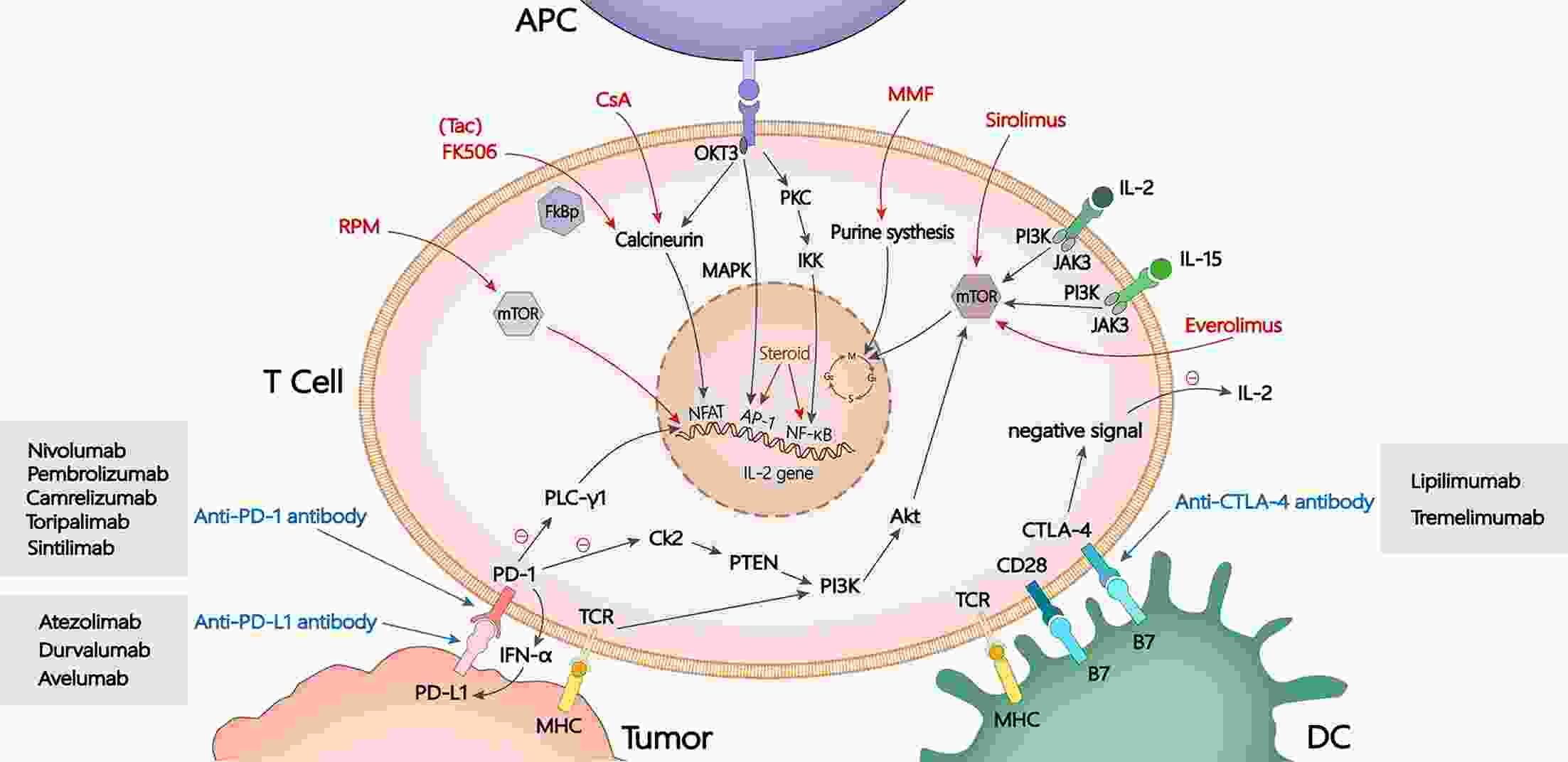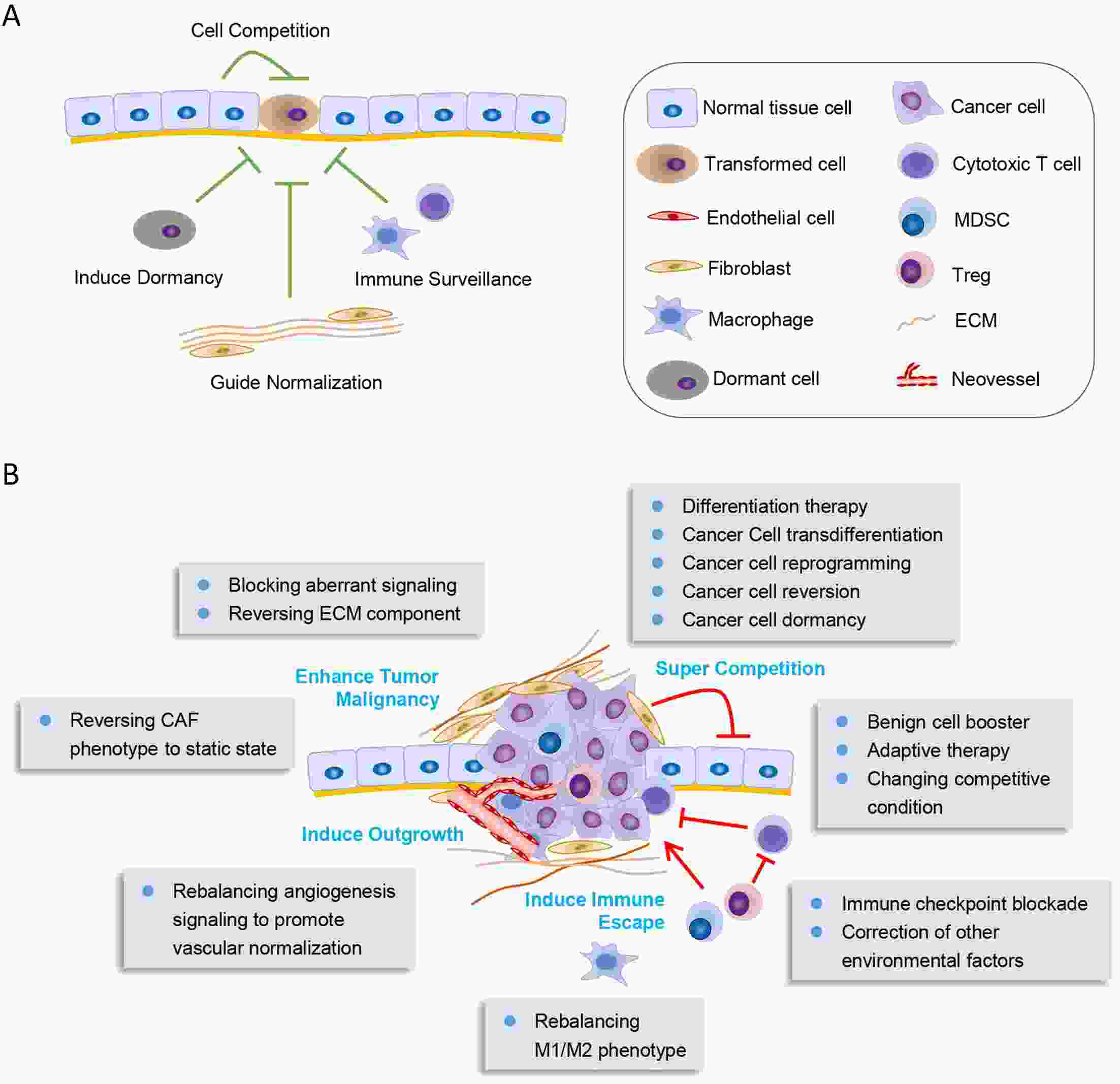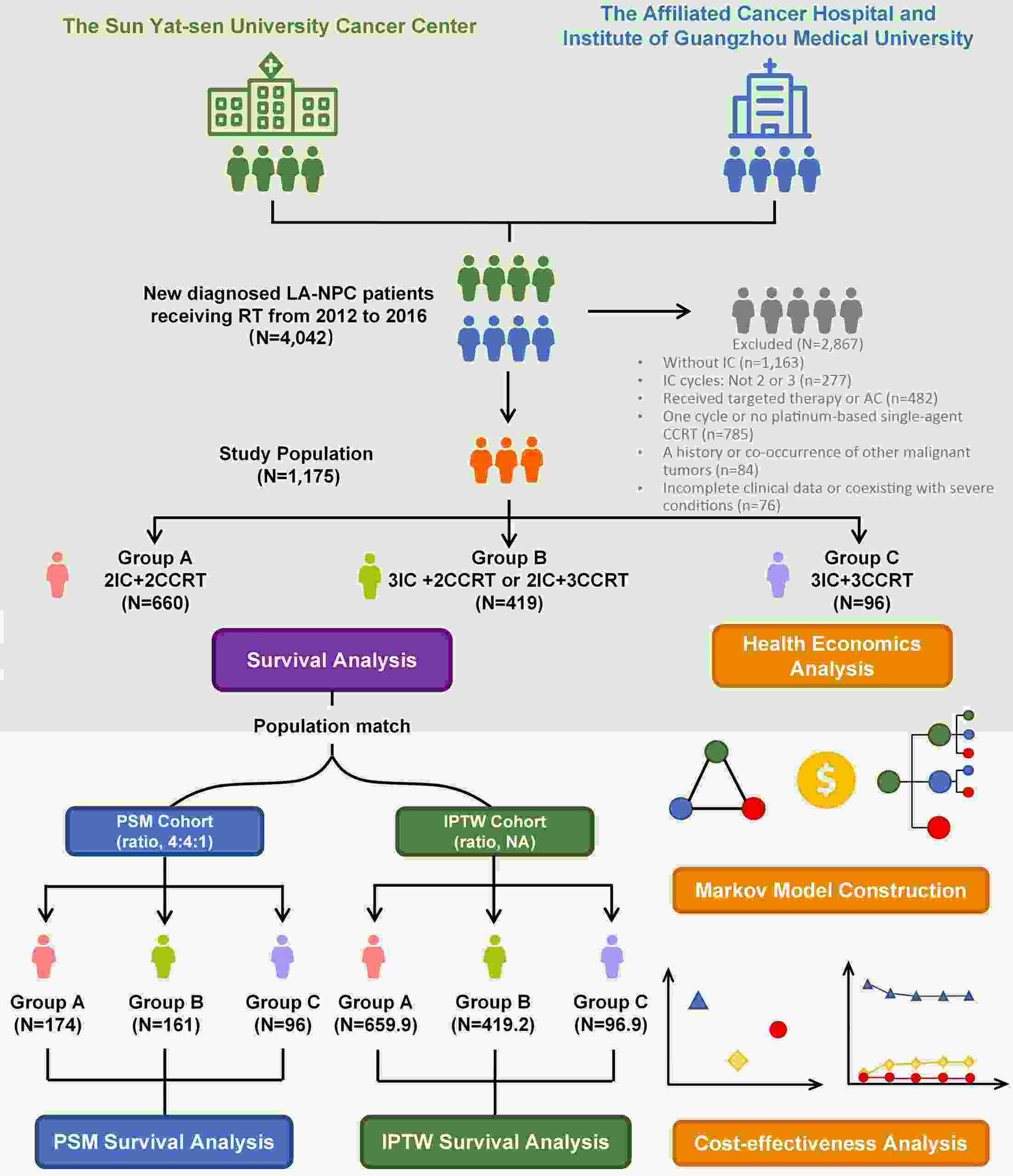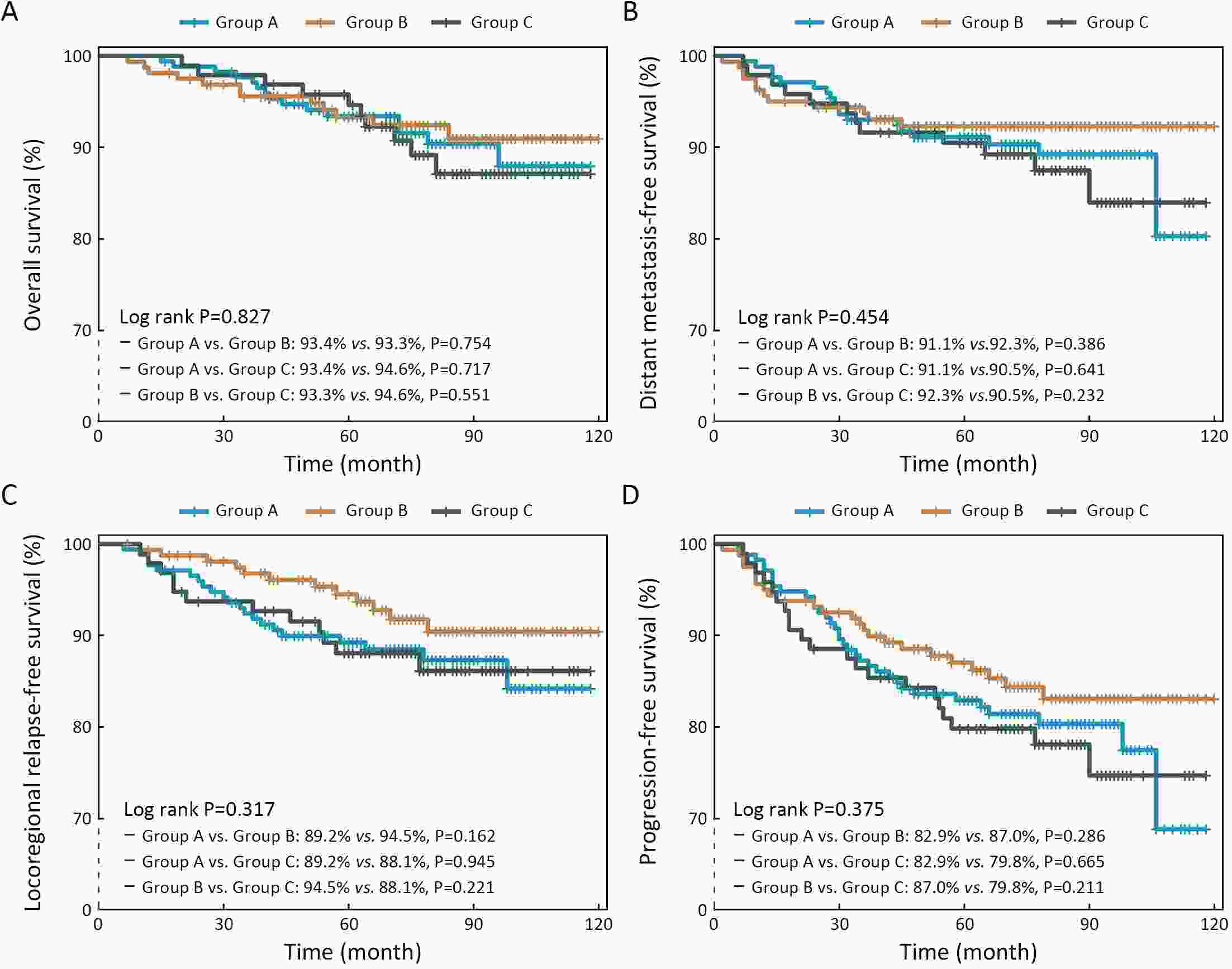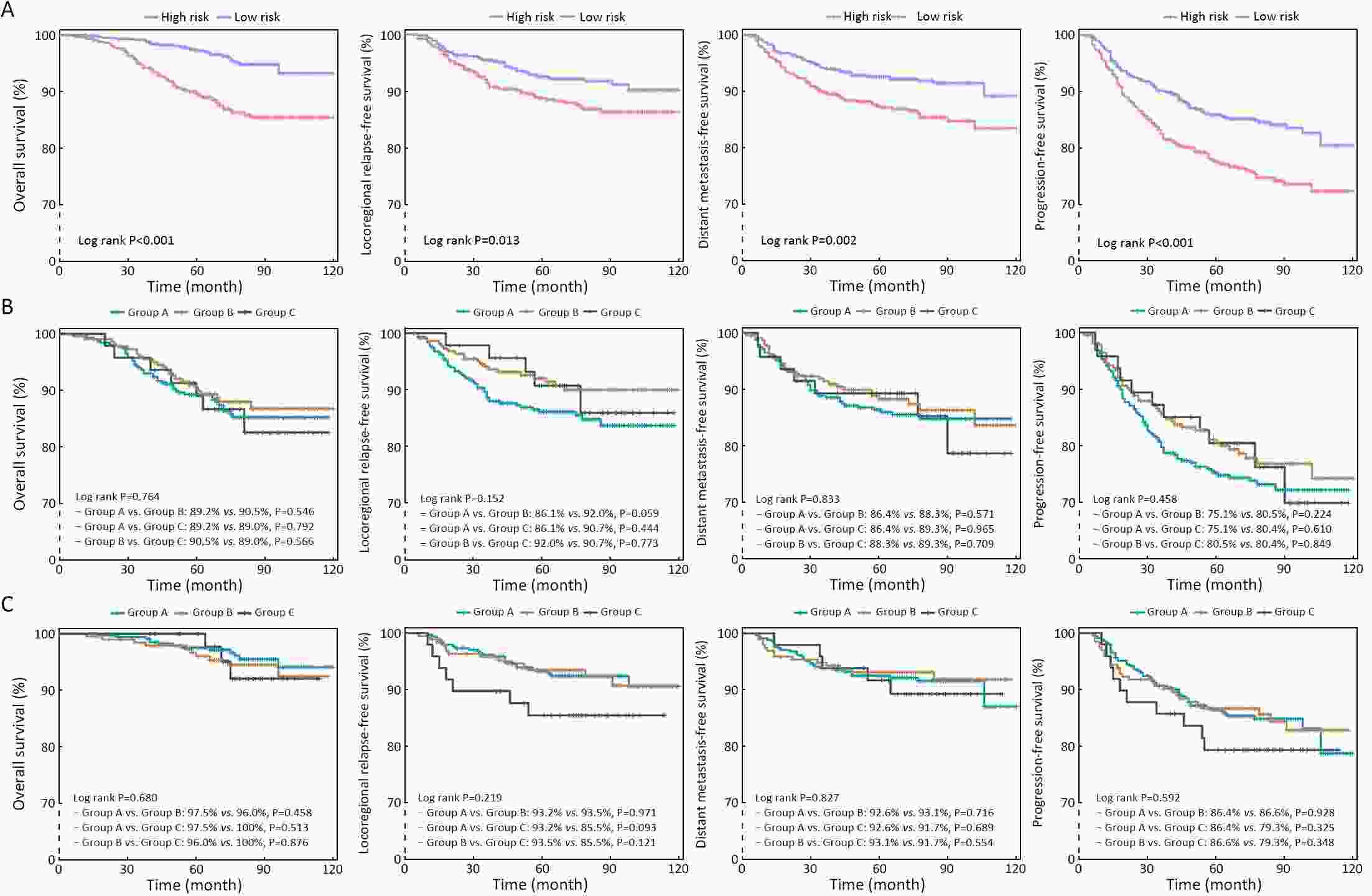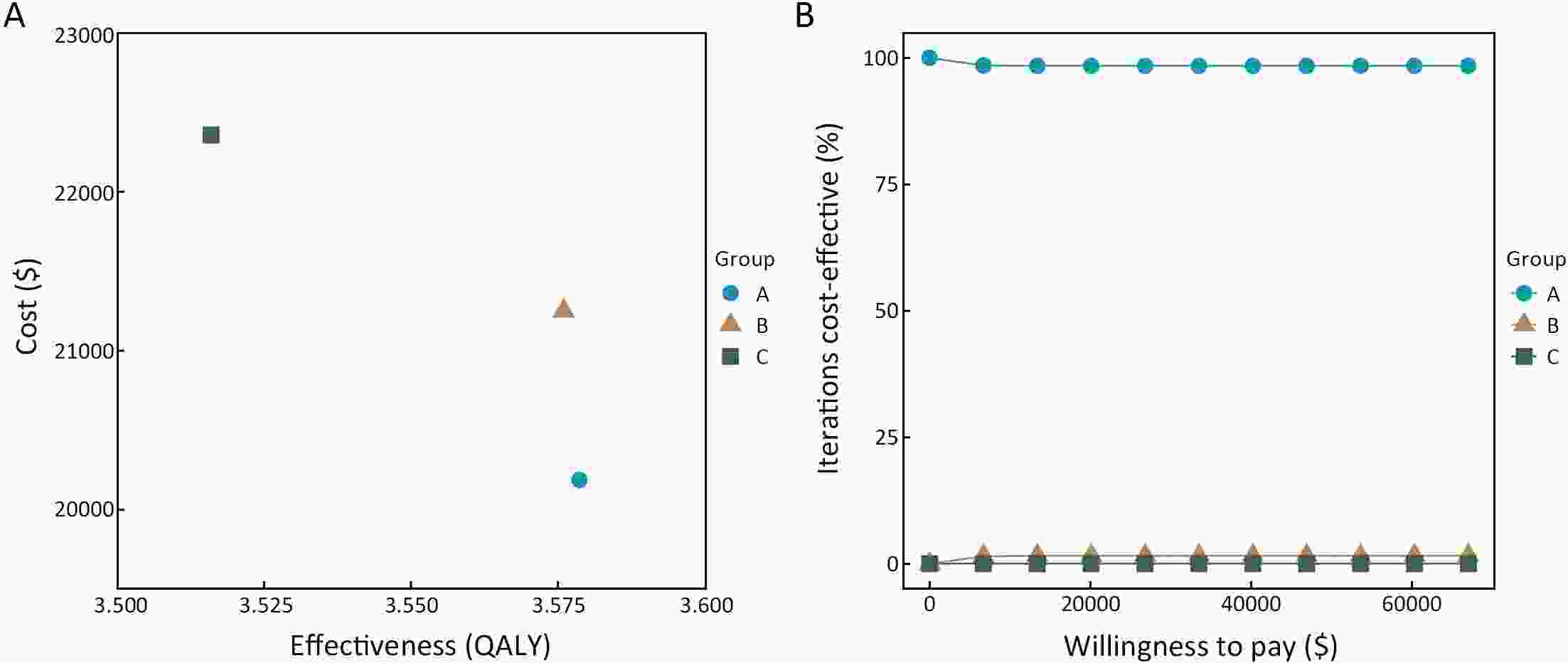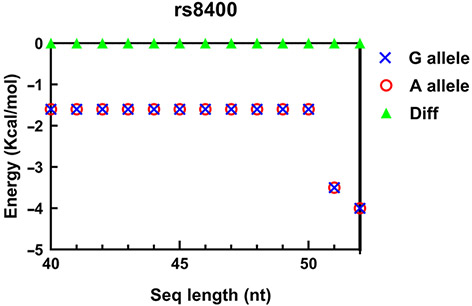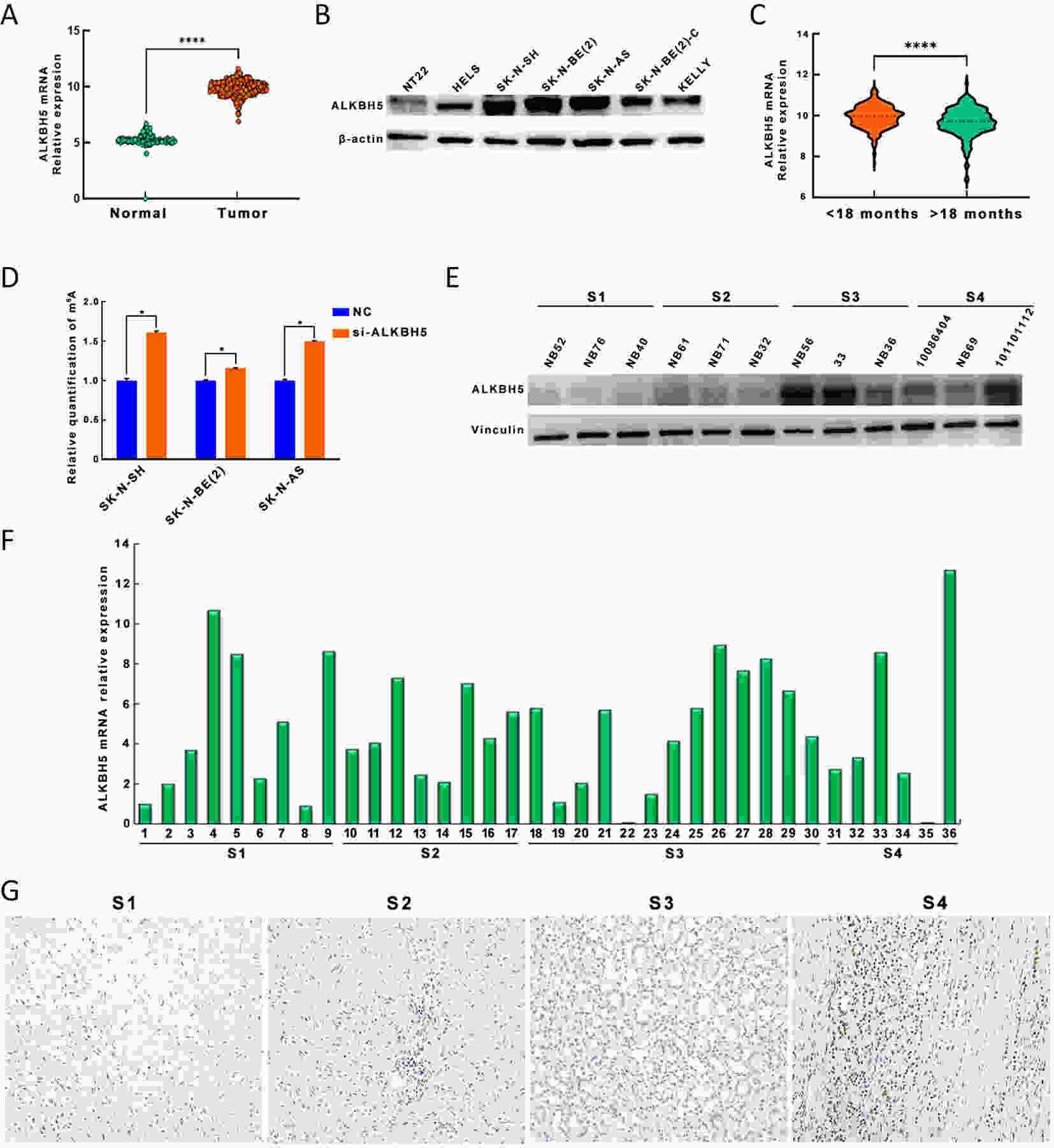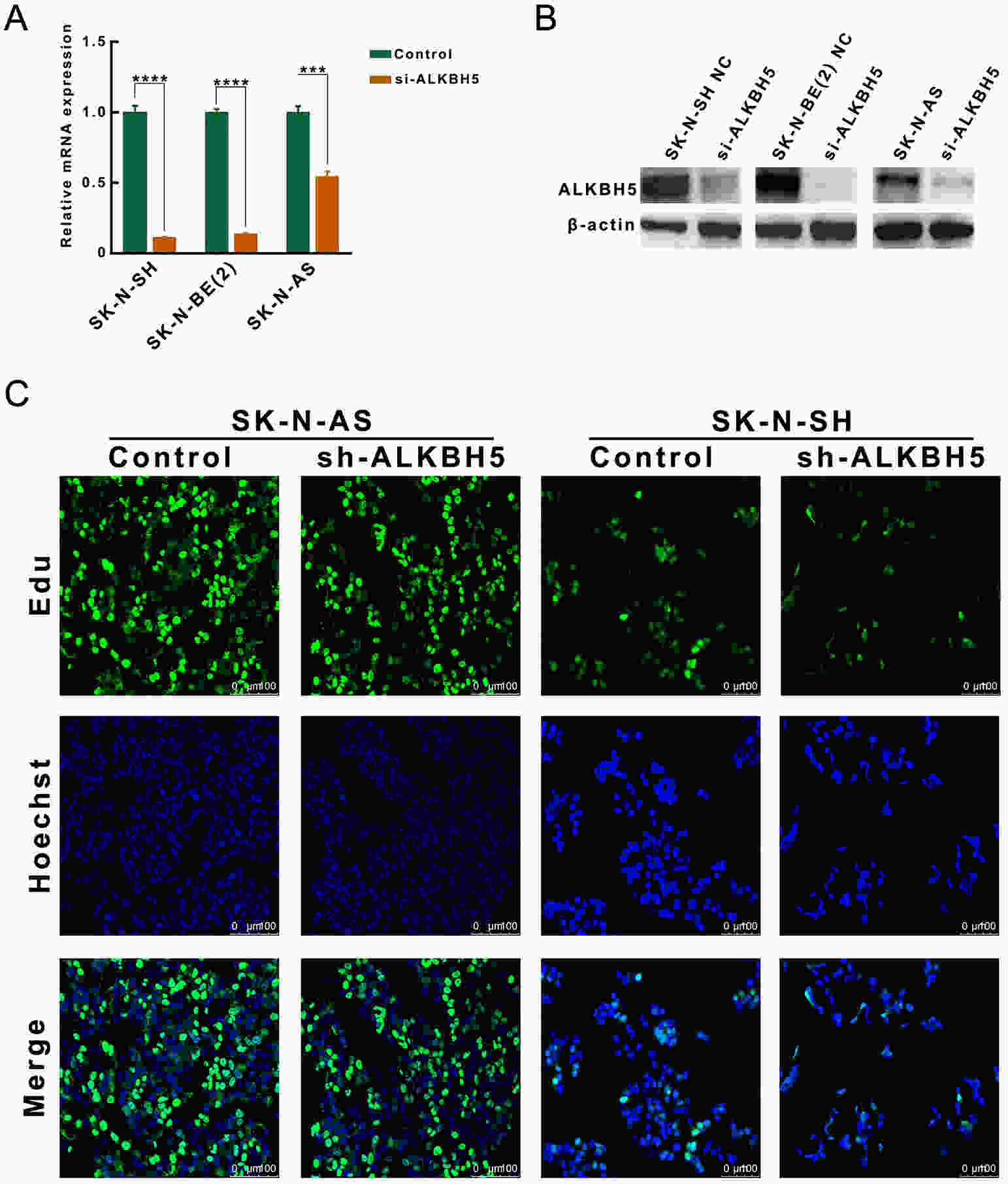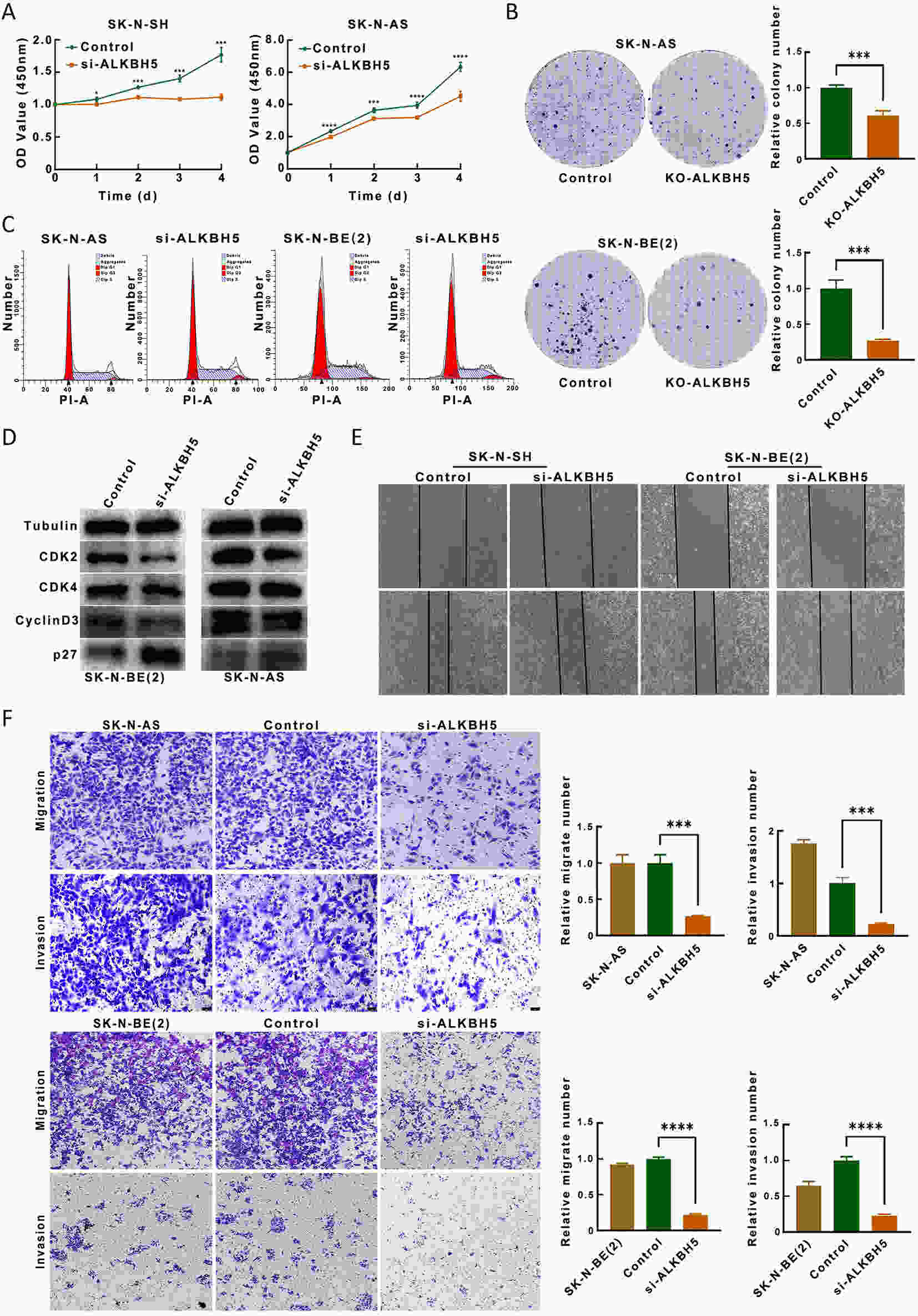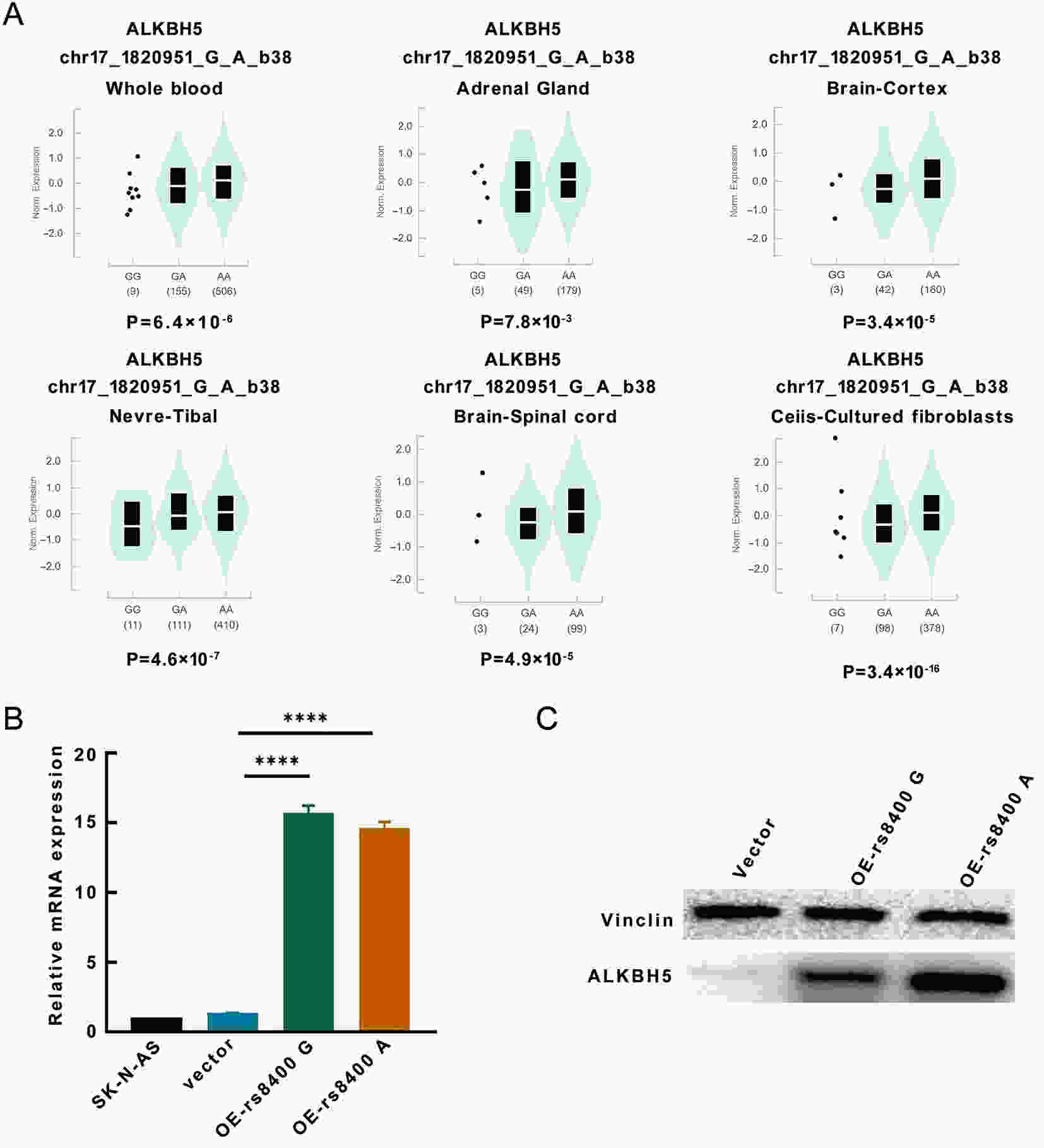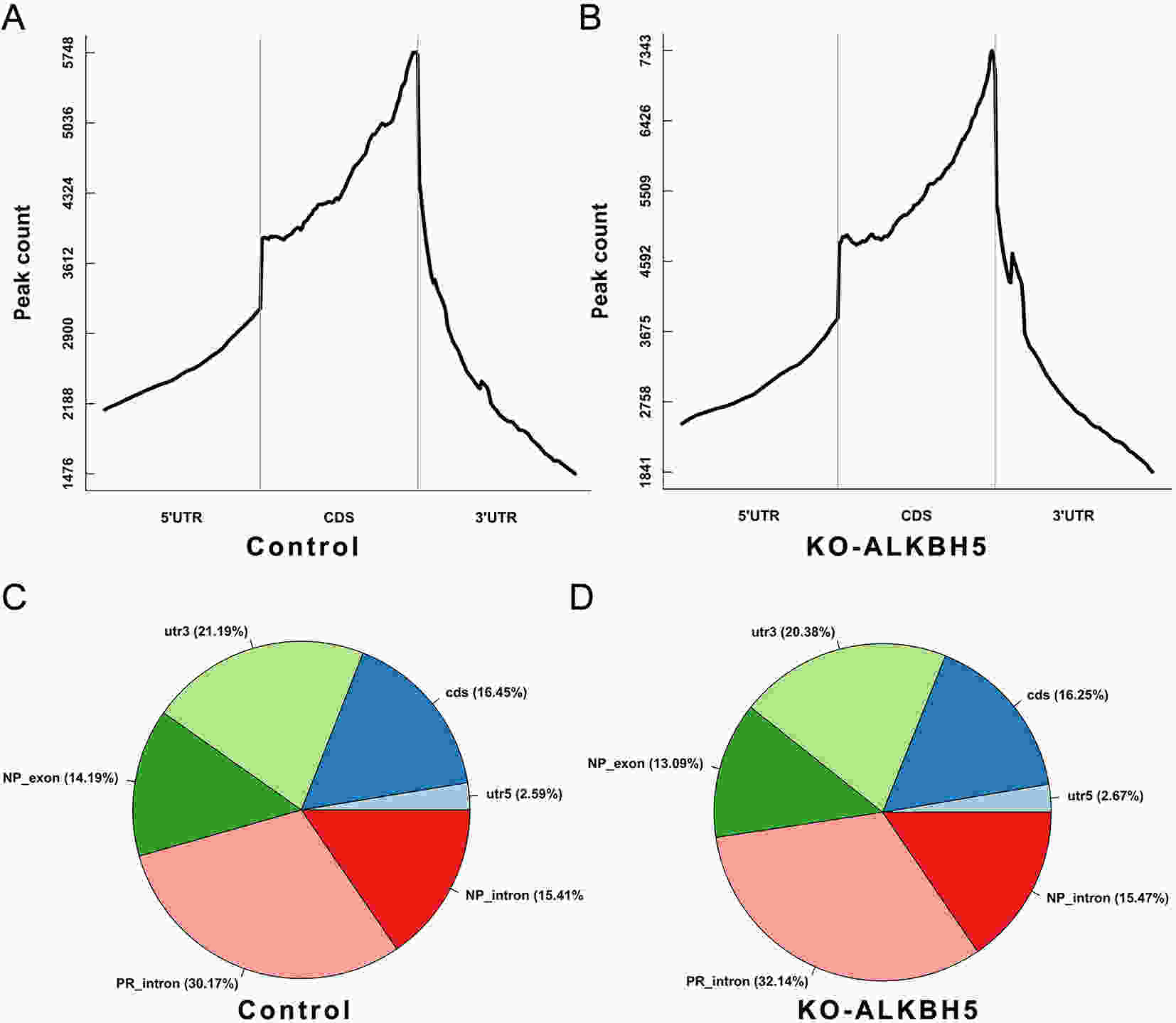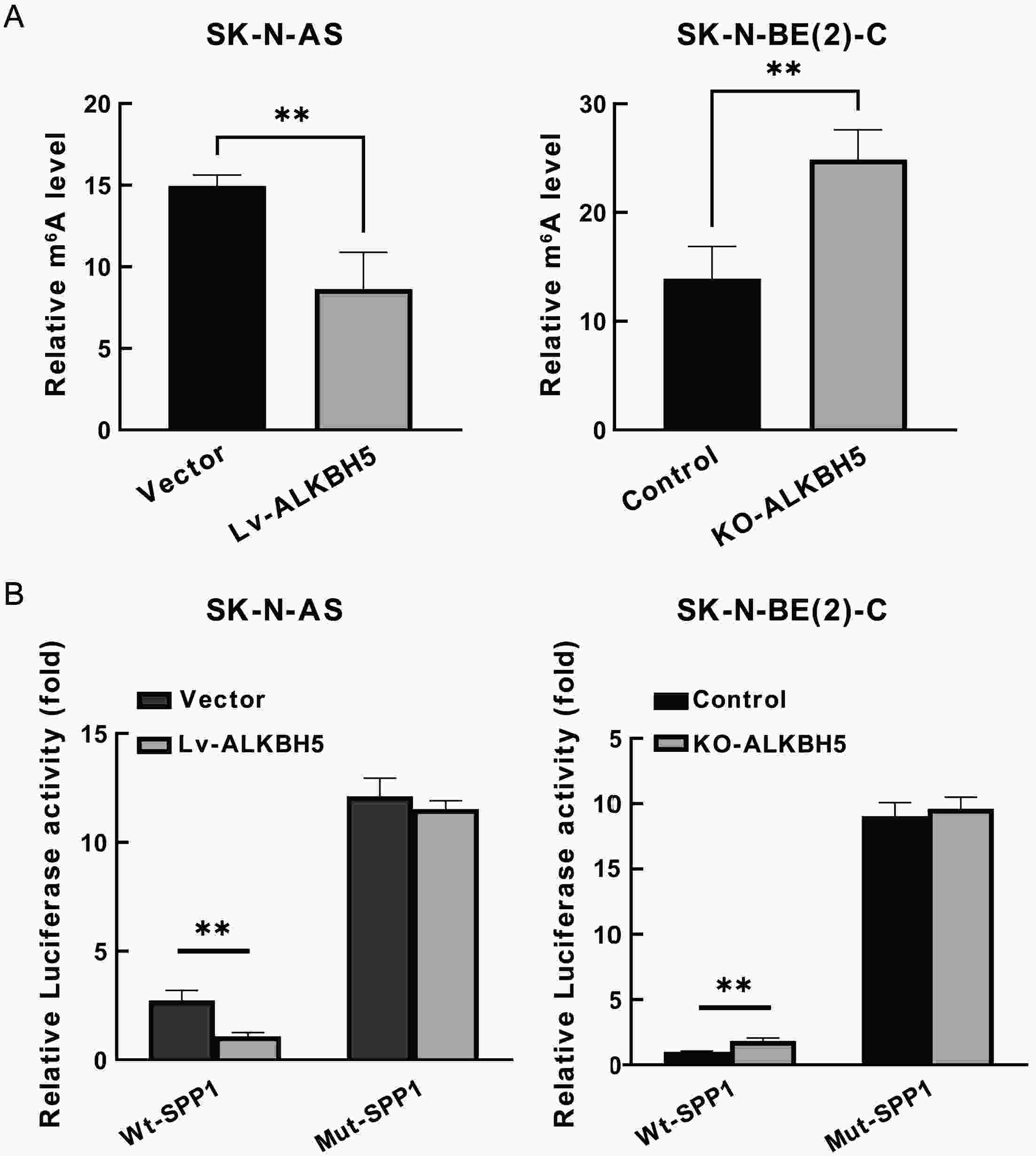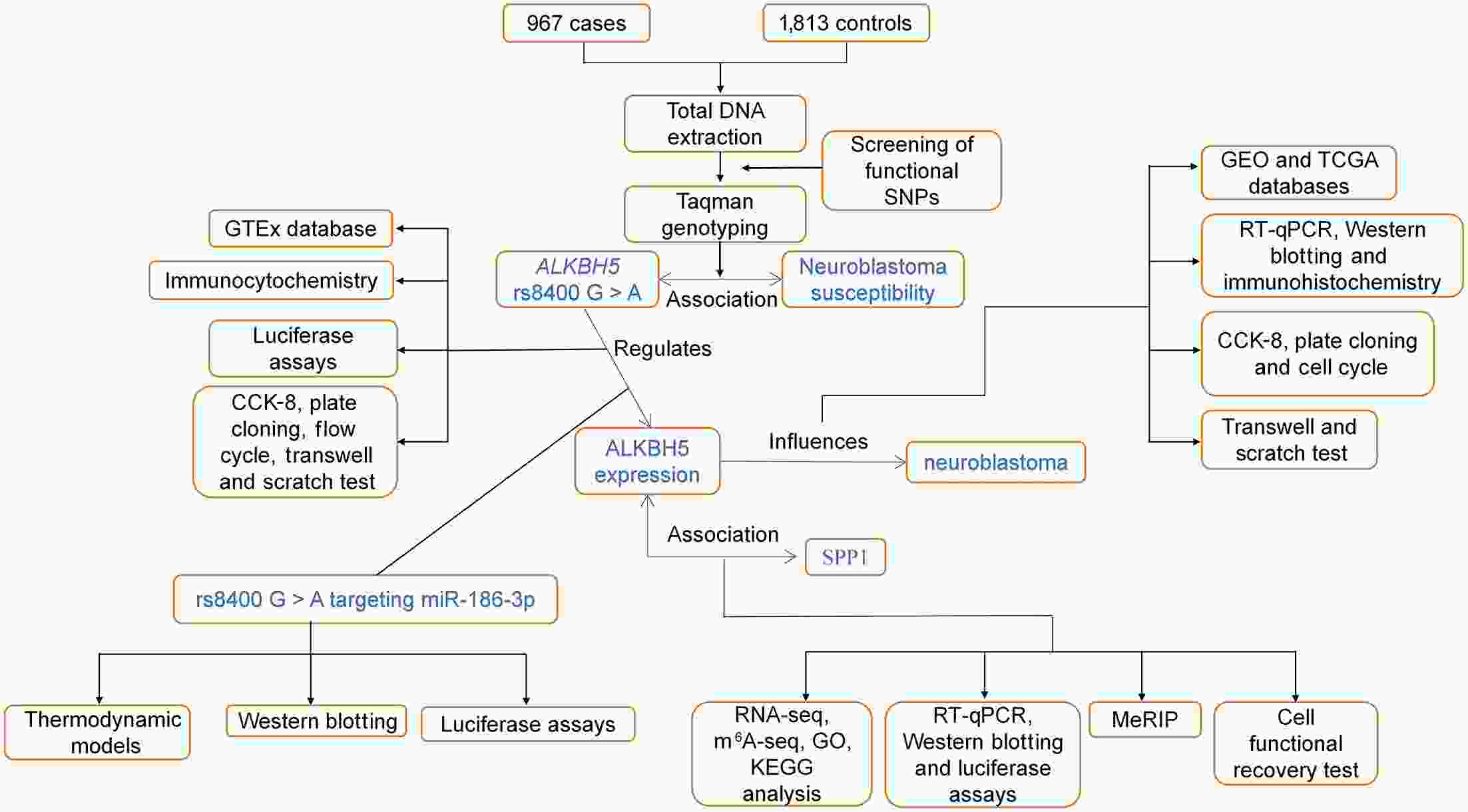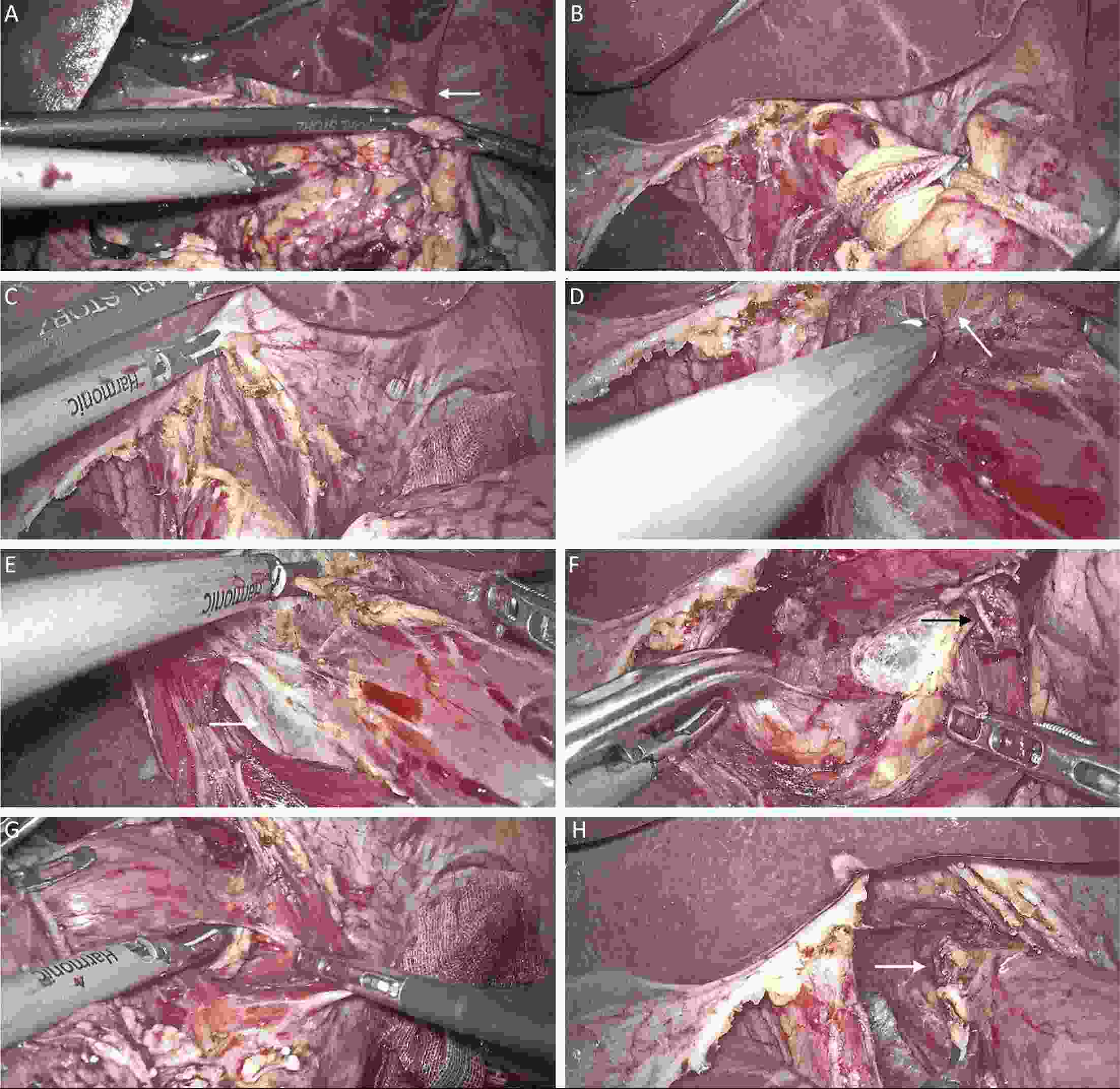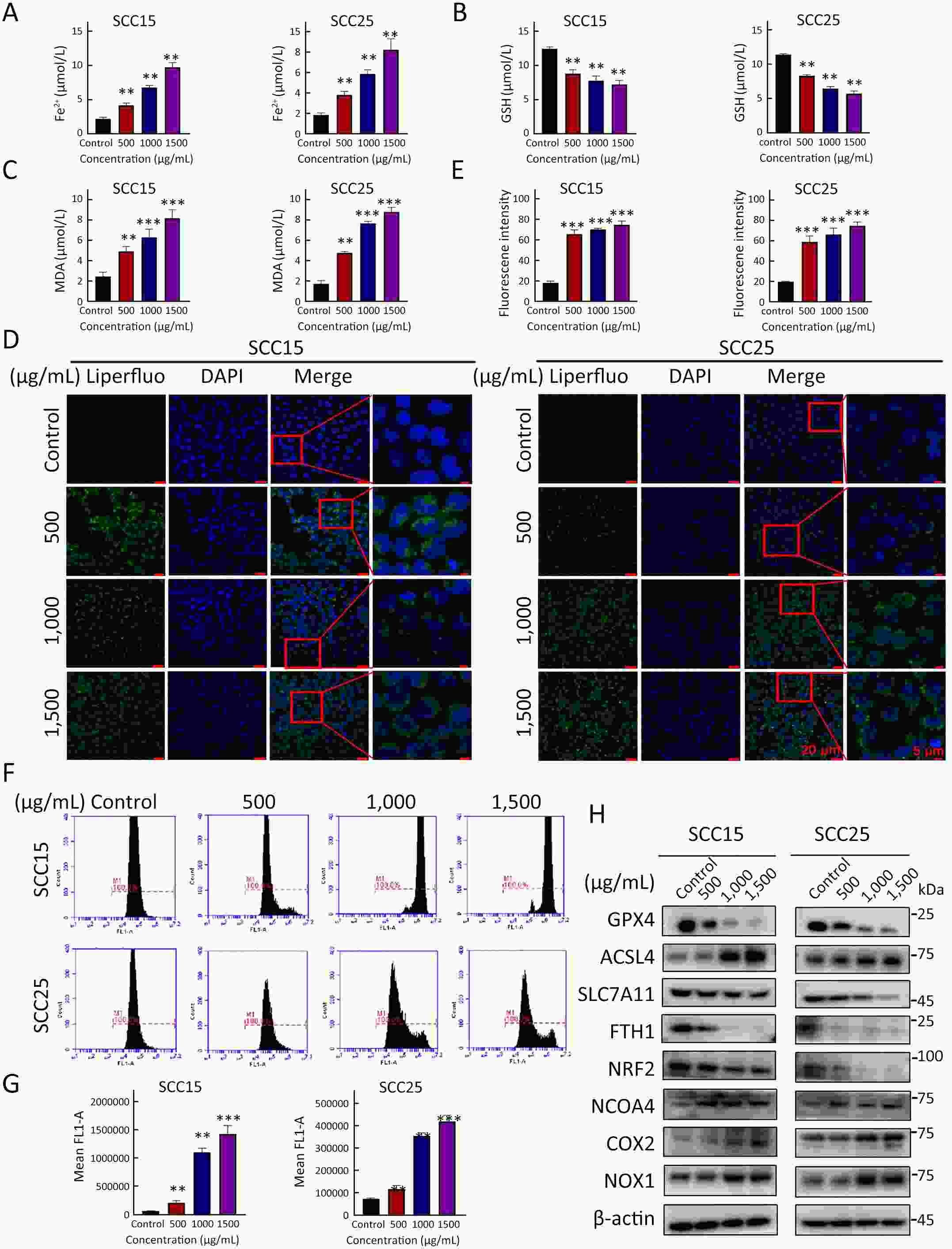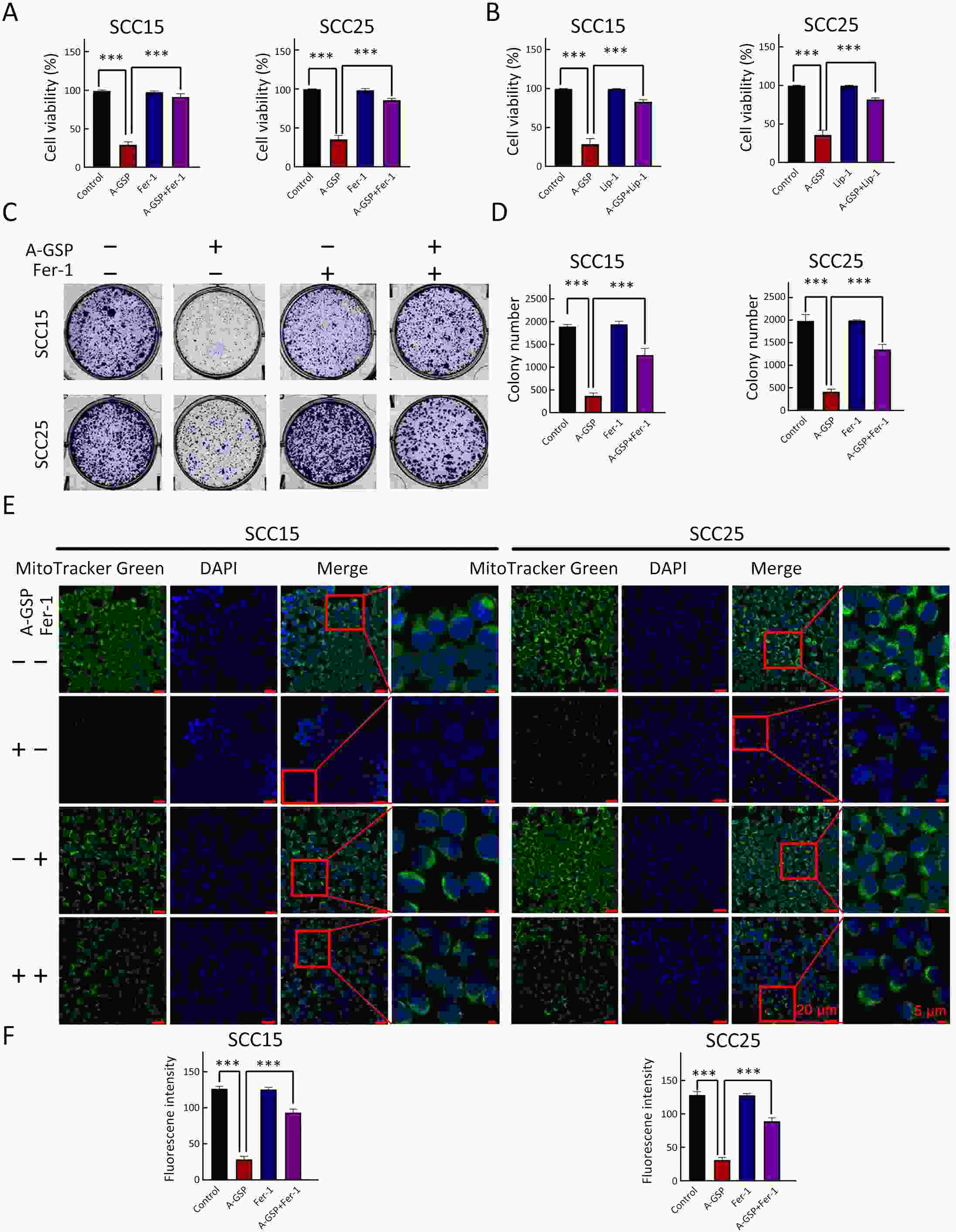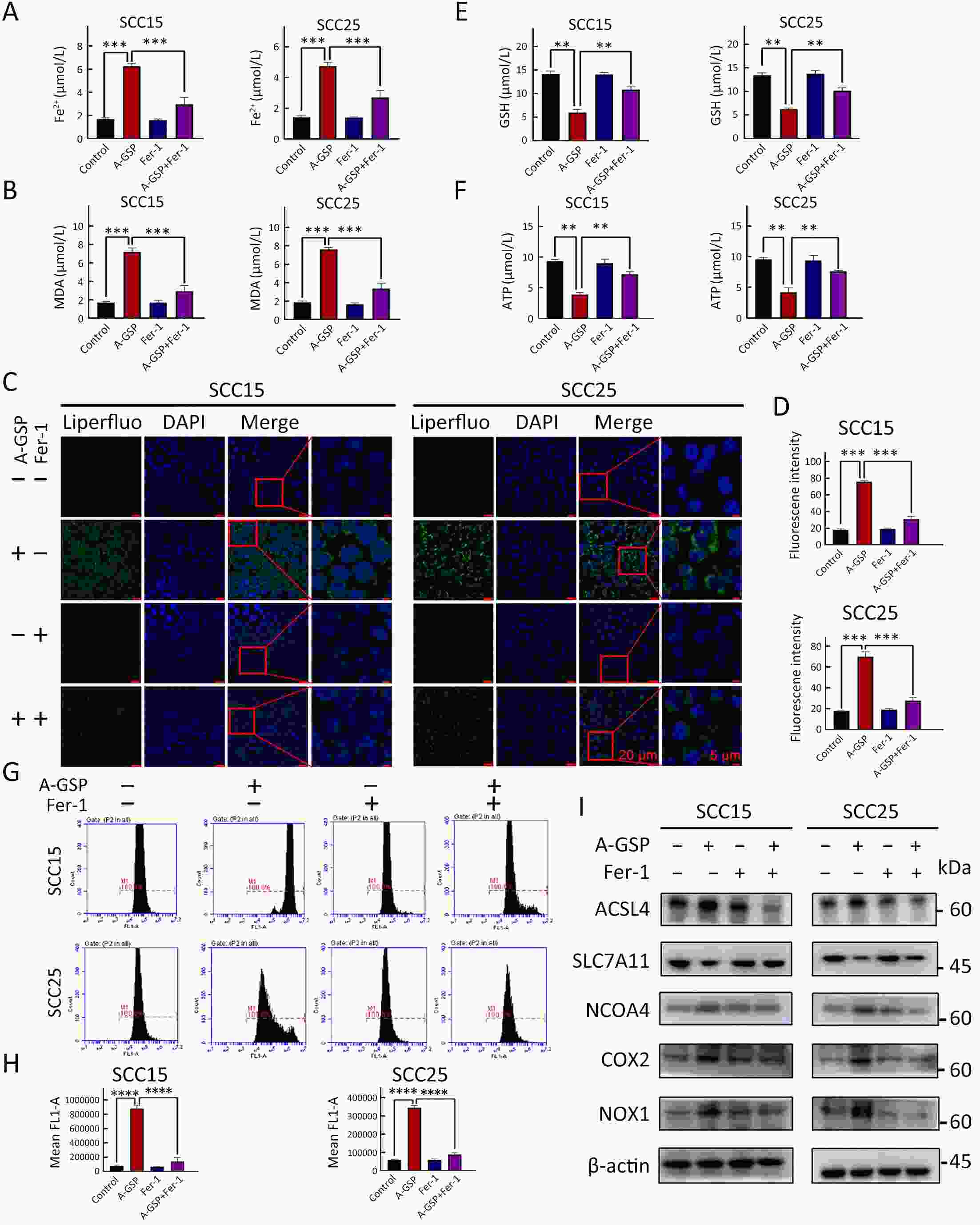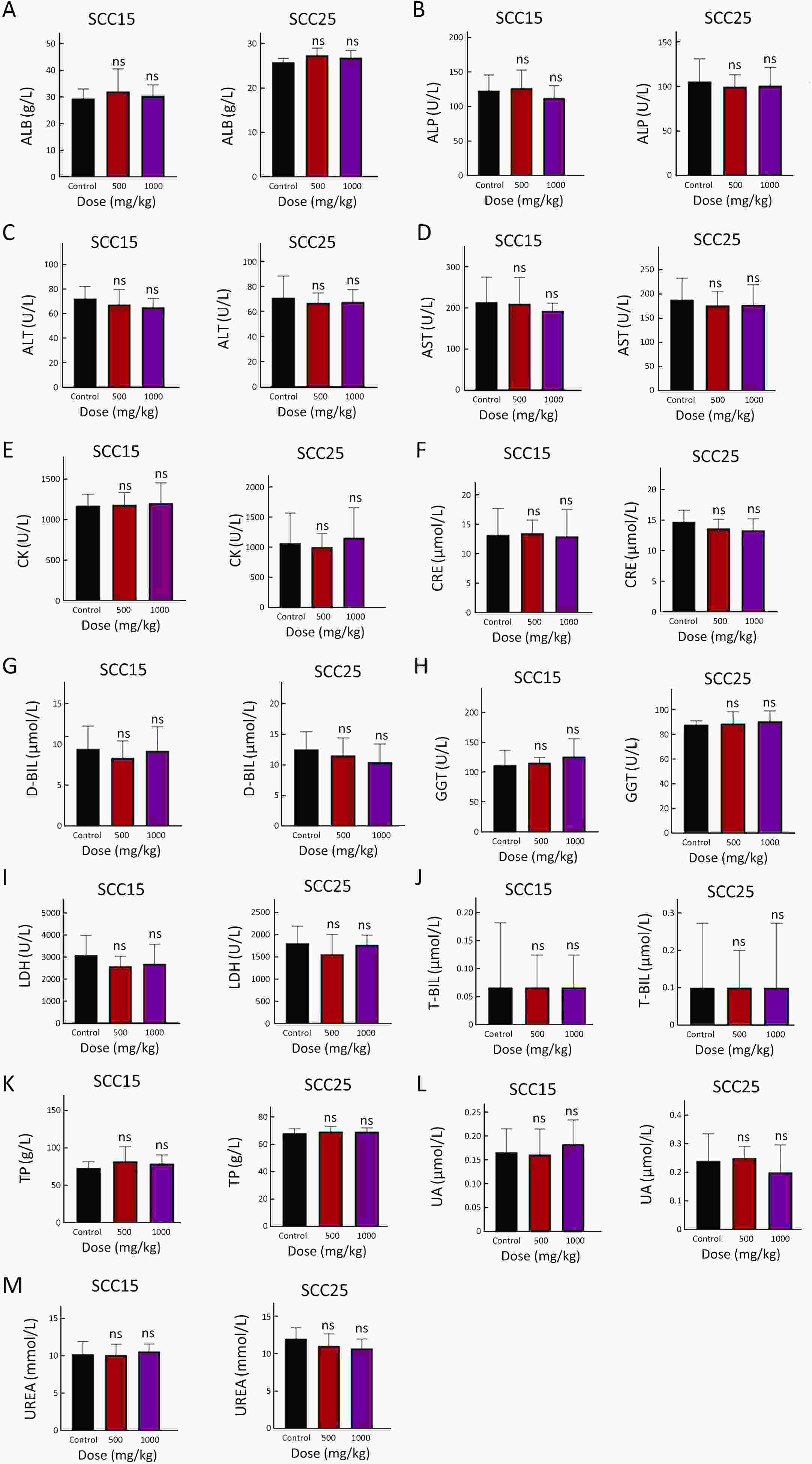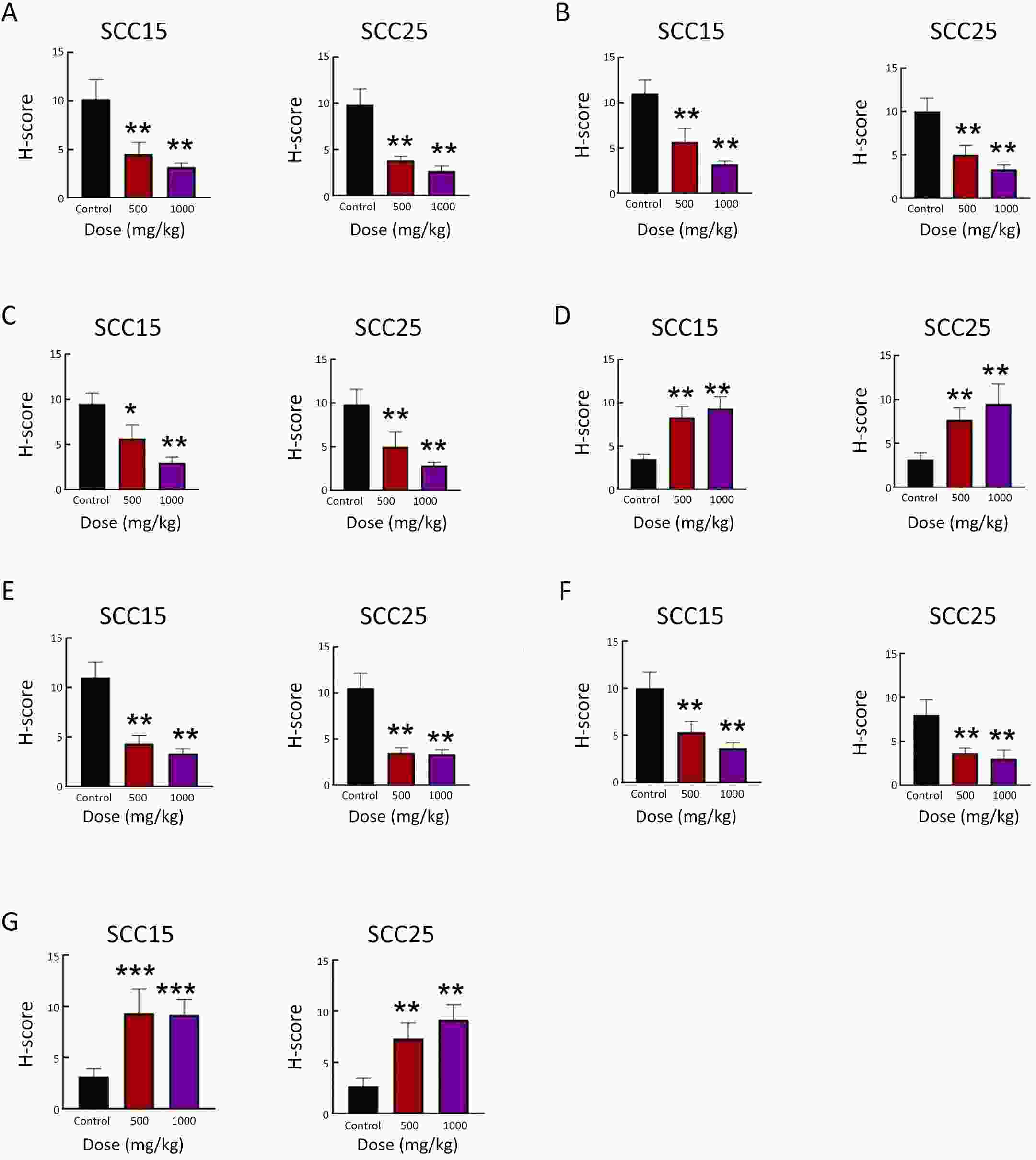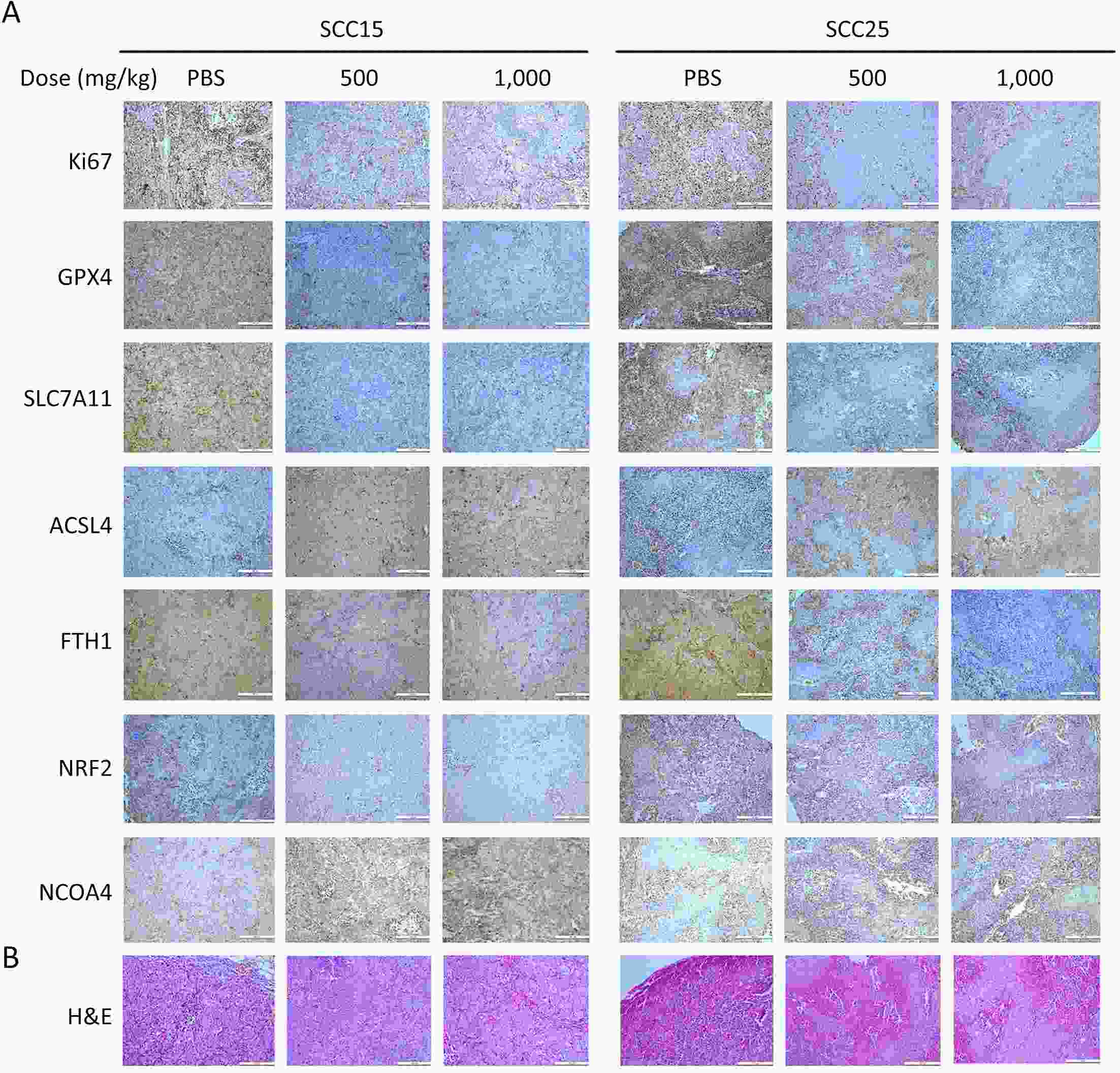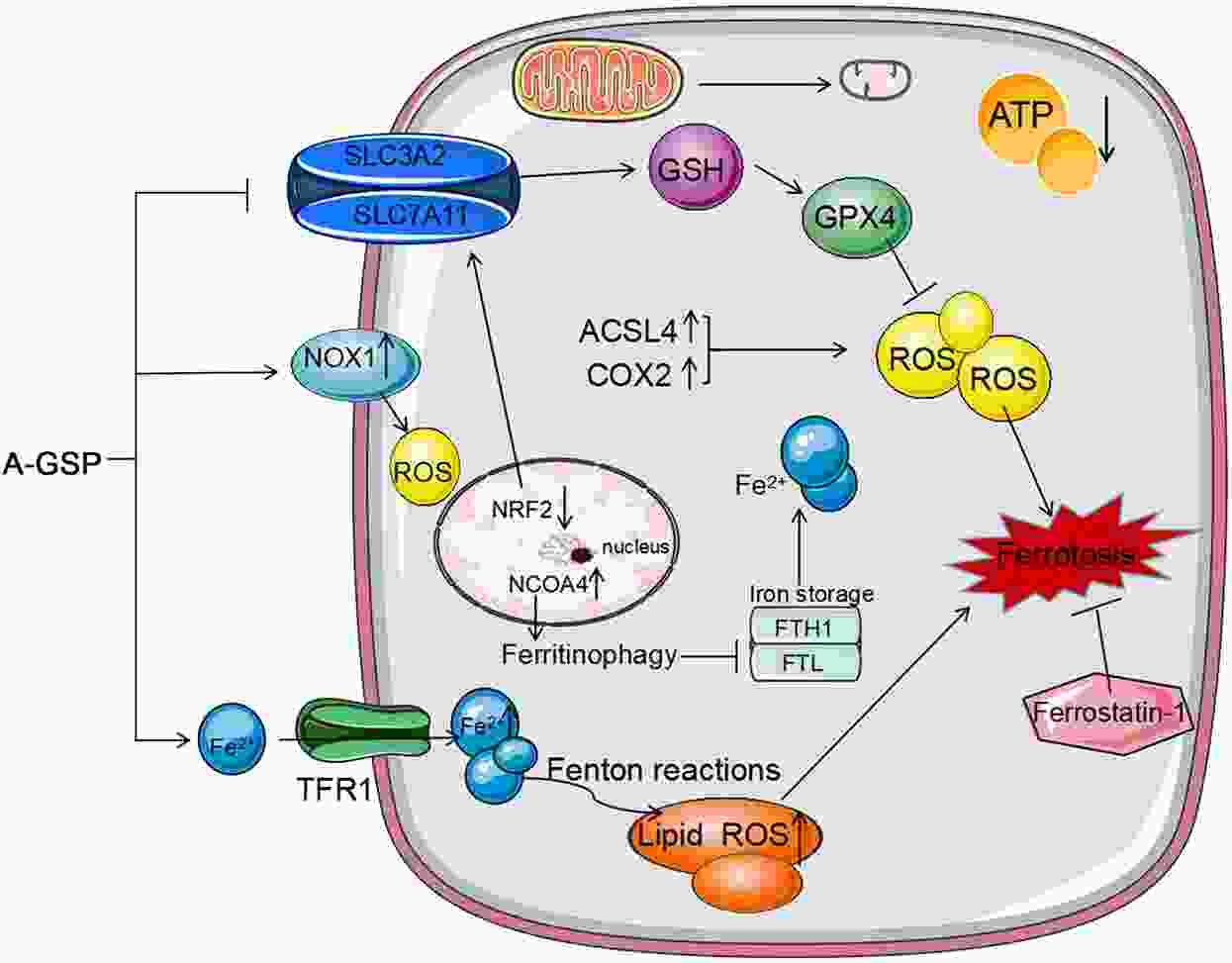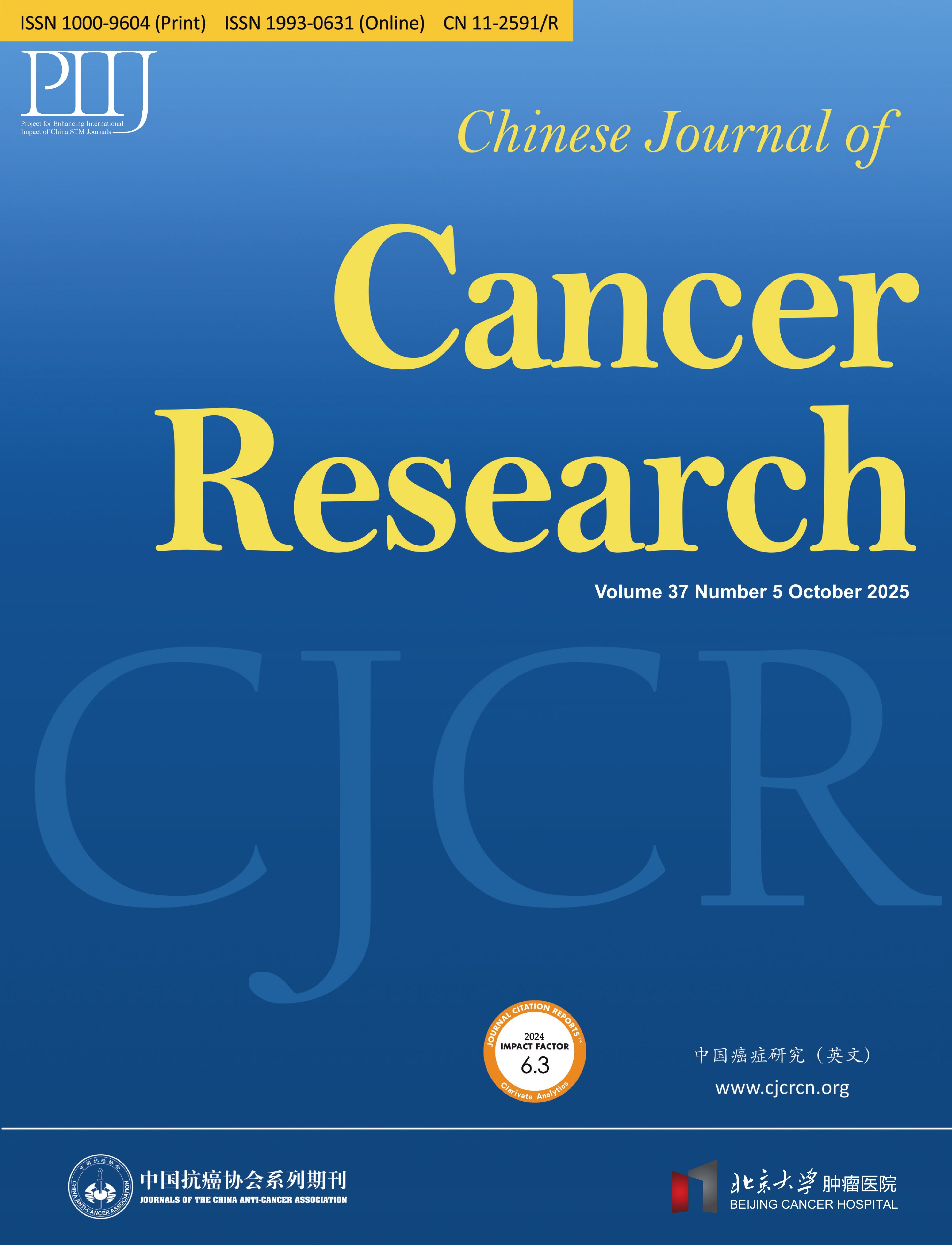2023 Vol.35(2)
Display Mode: |
2023, 35(2): 81-91.
doi: 10.21147/j.issn.1000-9604.2023.02.01
Abstract:
In 2020, stomach cancer was the fifth most commonly diagnosed cancer and the fourth leading cause of cancer-related death worldwide. Due to the relatively huge population base and the poor survival rate, stomach cancer is still a threat in China, and accounts for nearly half of the cases worldwide. Fortunately, in China, the incidence and mortality rates of stomach cancer presented a declining trend owing to the change of individual life styles and the persistent efforts to prevent stomach cancer from the governments at all levels. Helicobacter pylori (H. pylori) infection, poor eating habits, smoking, history of gastrointestinal disorders, and family history of stomach cancer are the main risk factors for stomach cancer in China. As a result, by taking risk factors for stomach cancer into account, specific preventive measures, such as eradicating H. pylori and implementing stomach cancer screening projects, should be taken to better prevent and decrease the burden of stomach cancer.
In 2020, stomach cancer was the fifth most commonly diagnosed cancer and the fourth leading cause of cancer-related death worldwide. Due to the relatively huge population base and the poor survival rate, stomach cancer is still a threat in China, and accounts for nearly half of the cases worldwide. Fortunately, in China, the incidence and mortality rates of stomach cancer presented a declining trend owing to the change of individual life styles and the persistent efforts to prevent stomach cancer from the governments at all levels. Helicobacter pylori (H. pylori) infection, poor eating habits, smoking, history of gastrointestinal disorders, and family history of stomach cancer are the main risk factors for stomach cancer in China. As a result, by taking risk factors for stomach cancer into account, specific preventive measures, such as eradicating H. pylori and implementing stomach cancer screening projects, should be taken to better prevent and decrease the burden of stomach cancer.
2023, 35(2): 92-107.
doi: 10.21147/j.issn.1000-9604.2023.02.02
Abstract:
Liver transplantation (LT) is a highly curative therapy for patients with hepatocellular carcinoma (HCC). However, due to the shortage of donor livers and rapid progression of HCC, a majority of patients are dropped out from the waitlist. Recently, immunotherapy has shown great promise in the treatment of advanced HCC. However, the use of immunotherapy is limited in LT mainly due to the potentially increasing risk of graft rejection. One of the main challenges for researchers is the protection of donor graft from an immunotherapy-boosted immune response mounted by the host. Besides, the safety, availability, and costs of immunotherapy are other challenges that need to be addressed. Here, we reviewed the literature involving patients who received immunotherapy prior to transplant to avoid waitlist dropouts and following transplantation to prevent the progression of tumor recurrence and metastasis. Statistically, the incidence of rejection was 25.0% pre-transplant and 18.5% post-transplant. Based on the review of these clinical studies, we can conclude that conducting clinical trials on the safety and efficacy of currently available immunotherapy drugs and identifying novel immunotherapy targets through extensive research may be promising for patients who do not meet the selection criteria for LT and who experience post-transplant recurrence. To date, the clinical experience on the use of immunotherapy before or after LT comes from individual case studies. Although some of the reported results are promising, they are not sufficient to support the standardized use of immunotherapy in clinical practice.
Liver transplantation (LT) is a highly curative therapy for patients with hepatocellular carcinoma (HCC). However, due to the shortage of donor livers and rapid progression of HCC, a majority of patients are dropped out from the waitlist. Recently, immunotherapy has shown great promise in the treatment of advanced HCC. However, the use of immunotherapy is limited in LT mainly due to the potentially increasing risk of graft rejection. One of the main challenges for researchers is the protection of donor graft from an immunotherapy-boosted immune response mounted by the host. Besides, the safety, availability, and costs of immunotherapy are other challenges that need to be addressed. Here, we reviewed the literature involving patients who received immunotherapy prior to transplant to avoid waitlist dropouts and following transplantation to prevent the progression of tumor recurrence and metastasis. Statistically, the incidence of rejection was 25.0% pre-transplant and 18.5% post-transplant. Based on the review of these clinical studies, we can conclude that conducting clinical trials on the safety and efficacy of currently available immunotherapy drugs and identifying novel immunotherapy targets through extensive research may be promising for patients who do not meet the selection criteria for LT and who experience post-transplant recurrence. To date, the clinical experience on the use of immunotherapy before or after LT comes from individual case studies. Although some of the reported results are promising, they are not sufficient to support the standardized use of immunotherapy in clinical practice.
2023, 35(2): 108-125.
doi: 10.21147/j.issn.1000-9604.2023.02.03
Abstract:
Cancer is the leading cause of human death and imposes a huge health burden. Currently, no matter what advanced therapeutic modalities or technologies are applied, it is still peculiarly rare for most cancers to be radically cured whereas therapy resistance and tumor recurrence are ever so common. The long-standing cytotoxic therapy is hard to achieve long-term tumor control, and produces side-effects or even promotes cancer progression. With growing understandings of tumor biology, we came to realize that it is possible to transform but not kill cancer cells to achieve long-term living with cancer, and directly altering cancer cells is a promising way. Remarkably, tissue microenvironment is involved in the fate determination of cancer cells. Of note, leveraging cell competition to combat malignant or therapy-resistant cells shows some therapeutic potentials. Furthermore, modulating tumor microenvironment to restore a normal state might help to transform cancer cells. Especially, reprogramming cancer-associated fibroblasts, and tumor-associated macrophages, or normalization of tumor vessel, tumor immune microenvironment, and tumor extracellular matrix or their combinations, et al., revealed some long-term therapeutic benefits. Despite the massive challenges ahead, it would be possible to transform cancer cells for long-term cancer control and living with cancer longevously. The related basic researches and corresponding therapeutic strategies are also ongoing.
2023, 35(2): 126-139.
doi: 10.21147/j.issn.1000-9604.2023.02.04
Abstract:
ObjectiveTwo cycles of induction chemotherapy (IC) followed by 2 cycles of platinum-based concurrent chemoradiotherapy (CCRT) (2IC+2CCRT) for locoregionally advanced nasopharyngeal carcinoma (LA-NPC) is widely adopted but not evidence-confirmed. This study aimed to determine the clinical value of 2IC+2CCRT regarding efficacy, toxicity and cost-effectiveness. MethodsThis real-world study from two epidemic centers used propensity score matching (PSM) and inverse probability of treatment weighting (IPTW) analyses. The enrolled patients were divided into three groups based on treatment modality: Group A (2IC+2CCRT), Group B (3IC+2CCRT or 2IC+3CCRT) and Group C (3IC+3CCRT). Long-term survival, acute toxicities and cost-effectiveness were compared among the groups. We developed a prognostic model dividing the population into high- and low-risk cohorts, and survivals including overall survival (OS), progression-free survival (PFS), distant metastasis-free survival (DMFS) and locoregional relapse-free survival (LRRFS) were compared among the three groups according to certain risk stratifications. ResultsOf 4,042 patients, 1,175 were enrolled, with 660, 419, and 96 included in Groups A, B and C, respectively. Five-year survivals were similar among the three groups after PSM and confirmed by IPTW. Grade 3−4 neutropenia and leukocytopenia were significantly higher in Groups C and B than in Group A (52.1% vs. 41.5% vs. 25.2%; 41.7% vs. 32.7% vs. 25.0%) as were grade 3−4 nausea/vomiting and oral mucositis (29.2% vs. 15.0% vs. 6.1%; 32.3% vs. 25.3% vs. 18.0%). Cost-effective analysis suggested that 2IC+2CCRT was the least expensive, while the health benefits were similar to those of the other groups. Further exploration showed that 2IC+2CCRT tended to be associated with a shorter PFS in high-risk patients, while 3IC+3CCRT potentially contributed to poor PFS in low-risk individuals, mainly reflected by LRRFS. ConclusionsIn LA-NPC patients, 2IC+2CCRT was the optimal choice regarding efficacy, toxicity and cost-effectiveness; however, 2IC+2CCRT and 3IC+3CCRT probably shortened LRRFS in high- and low-risk populations, respectively.
2023, 35(2): 140-162.
doi: 10.21147/j.issn.1000-9604.2023.02.05
Abstract:
ObjectiveAlkB homolog 5 (ALKBH5) has been proven to be closely related to tumors. However, the role and molecular mechanism of ALKBH5 in neuroblastomas have rarely been reported. MethodsThe potential functional single-nucleotide polymorphisms (SNPs) in ALKBH5 were identified by National Center for Biotechnology Information (NCBI) dbSNP screening and SNPinfo software. TaqMan probes were used for genotyping. A multiple logistic regression model was used to evaluate the effects of different SNP loci on the risk of neuroblastoma. The expression of ALKBH5 in neuroblastoma was evaluated by Western blotting and immunohistochemistry (IHC). Cell counting kit-8 (CCK-8), plate colony formation and 5-ethynyl-2’-deoxyuridine (EdU) incorporation assays were used to evaluate cell proliferation. Wound healing and Transwell assays were used to compare cell migration and invasion. Thermodynamic modelling was performed to predict the ability of miRNAs to bind to ALKBH5 with the rs8400 G/A polymorphism. RNA sequencing, N6-methyladenosine (m6A) sequencing, m6A methylated RNA immunoprecipitation (MeRIP) and a luciferase assay were used to identify the targeting effect of ALKBH5 on SPP1. ResultsALKBH5 was highly expressed in neuroblastoma. Knocking down ALKBH5 inhibited the proliferation, migration and invasion of cancer cells. miR-186-3p negatively regulates the expression of ALKBH5, and this ability is affected by the rs8400 polymorphism. When the G nucleotide was mutated to A, the ability of miR-186-3p to bind to the 3’-UTR of ALKBH5 decreased, resulting in upregulation of ALKBH5. SPP1 is the downstream target gene of the ALKBH5 oncogene. Knocking down SPP1 partially restored the inhibitory effect of ALKBH5 downregulation on neuroblastoma. Downregulation of ALKBH5 can improve the therapeutic efficacy of carboplatin and etoposide in neuroblastoma. ConclusionsWe first found that the rs8400 G>A polymorphism in the m6A demethylase-encoding gene ALKBH5 increases neuroblastoma susceptibility and determines the related mechanisms. The aberrant regulation of ALKBH5 by miR-186-3p caused by this genetic variation in ALKBH5 promotes the occurrence and development of neuroblastoma through the ALKBH5-SPP1 axis.
2023, 35(2): 163-175.
doi: 10.21147/j.issn.1000-9604.2023.02.06
Abstract:
ObjectiveTo explore the change and feasibility of surgical techniques of laparoscopic transhiatal (TH)-lower mediastinal lymph node dissection (LMLND) for adenocarcinoma of the esophagogastric junction (AEG) according to Idea, Development, Exploration, Assessment, and Long-term follow-up (IDEAL) 2a standards. MethodsPatients diagnosed with AEG who underwent laparoscopic TH-LMLND were prospectively included from April 14, 2020, to March 26, 2021. Clinical and pathological information as well as surgical outcomes were quantitatively analyzed. Semistructured interviews with the surgeon after each operation were qualitatively analyzed. ResultsThirty-five patients were included. There were no cases of transition to open surgery, but three cases involved combination with transthoracic surgery. In qualitative analysis, 108 items under three main themes were detected: explosion, dissection, and reconstruction. Revised instruction was subsequently designed according to the change in surgical technique and the cognitive process behind it. Three patients had anastomotic leaks postoperatively, with one classified as Clavien-Dindo IIIa. ConclusionsThe surgical technique of laparoscopic TH-LMLND is stable and feasible; further IDEAL 2b research is warranted.
2023, 35(2): 176-190.
doi: 10.21147/j.issn.1000-9604.2023.02.07
Abstract:
ObjectiveFerroptosis is a novel cell death process which displays a promising role in cancer treatment. However, clinically available drugs targeting ferroptosis are rarely used, and yet there are no studies reporting on inducing ferroptosis via Chinese herbal extracts. Here we explored the tumor inhibition effects of Ganoderma lucidum (G. lucidum) on oral squamous cell carcinoma (OSCC). Specifically, we aimed to clarify the biological mechanism of components in the dietary, aqueous-soluble sporoderm-removed G. lucidum spore powder (A-GSP). MethodsPreliminary transcriptome analysis revealed the significant enrichment of the ferroptosis pathway. Cellular Fe2+, glutathione (GSH), malondialdehyde (MDA), reactive oxygen species (ROS) and lipid peroxide levels were measured to identify ferroptosis occurrence. Western blotting was used to measure ferroptosis-related proteins. Changes in mitochondria morphology and function were observed with transmission electron microscopy (TEM) and ATP detection assays. Ferroptosis inhibitor ferrostatin-1 was then used to verify the anti-tumor effects of A-GSP. Finally, nude mice xenograft models of oral cancer confirmed that A-GSP inhibited tumor growth. ResultsA-GSP promoted ferroptosis in oral cancer cells by inducing Fe2+ influx, GSH depletion, as well as lipid peroxide and ROS accumulation. Ferroptosis-related proteins exhibited corresponding changes, particularly Acyl-coA synthetase long chain family member 4 (ACSL4) increase and glutathione peroxidase 4 (GPX4) decrease. A-GSP considerably lowered mitochondrial volume and ridge number, while significantly decreasing ATP production. Ferrostatin-1 reversed all of these A-GSP-induced changes. In vivo, A-GSP exerted a ferroptosis-mediated tumor-suppressing effect without observable adverse reactions. ConclusionsOur findings demonstrate the therapeutic potential of A-GSP for treating patients with OSCC by targeting ferroptosis.
2023, 35(2): 191-196.
doi: 10.21147/j.issn.1000-9604.2023.02.08
Abstract:
A cross-sectional online survey was conducted. A high proportion of the Chinese breast cancer (BC) physician respondents (n=77) would prescribe extended adjuvant endocrine therapy (AET) with aromatase inhibitors (AI) beyond 5 years for postmenopausal females with BC, especially those with higher risk. Respondents with ≥15 years of clinical experience were more likely to prescribe a longer duration of AET for low-risk patients. Half of the respondents considered intermittent letrozole as an acceptable option. Most respondents would prescribe adjuvant chemotherapy to genomic high-intermediate risk [Oncotype DX recurrence score (RS) 21−25] females aged ≤50 years regardless of the clinical risk classification.
A cross-sectional online survey was conducted. A high proportion of the Chinese breast cancer (BC) physician respondents (n=77) would prescribe extended adjuvant endocrine therapy (AET) with aromatase inhibitors (AI) beyond 5 years for postmenopausal females with BC, especially those with higher risk. Respondents with ≥15 years of clinical experience were more likely to prescribe a longer duration of AET for low-risk patients. Half of the respondents considered intermittent letrozole as an acceptable option. Most respondents would prescribe adjuvant chemotherapy to genomic high-intermediate risk [Oncotype DX recurrence score (RS) 21−25] females aged ≤50 years regardless of the clinical risk classification.

 Abstract
Abstract FullText HTML
FullText HTML PDF 1259KB
PDF 1259KB
